Atelier, Provocateur, lost talent
Before his death I wrote a little post on Alexander Mcqueen & his (tragically, final) womenswear show called Plato’s Atlantis. Still, I believe it was the best show I’ve ever seen in my life for a variety of reasons, but I never really mentioned him after he died. Lee Alexander Mcqueen has been an inspiration of mine since I first heard of him when Gianni Versace was murdered outside his Miami home in 1997. He mentioned that he thought a house should die with its creator, something that I respected and admired. For his relatively short career, Lee packed everything he did with the pure vision of someone who aligned his work with his purpose. What purpose that was we are still trying to figure out.
But oh mighty, was it a beautiful world he crafted.
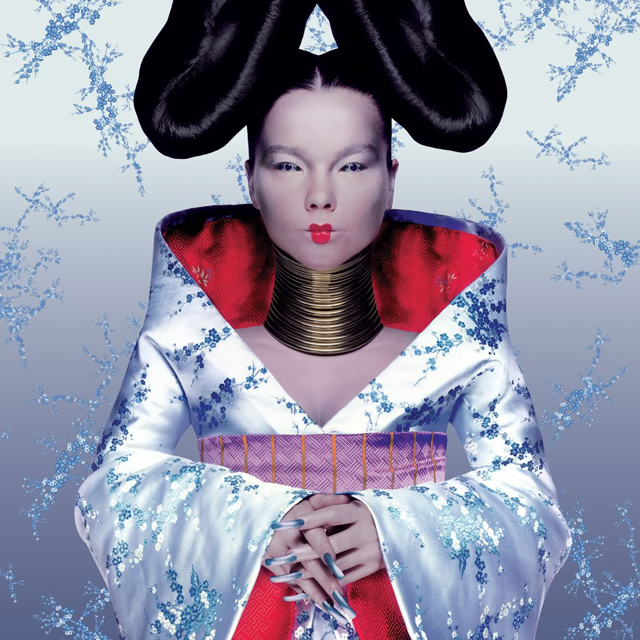
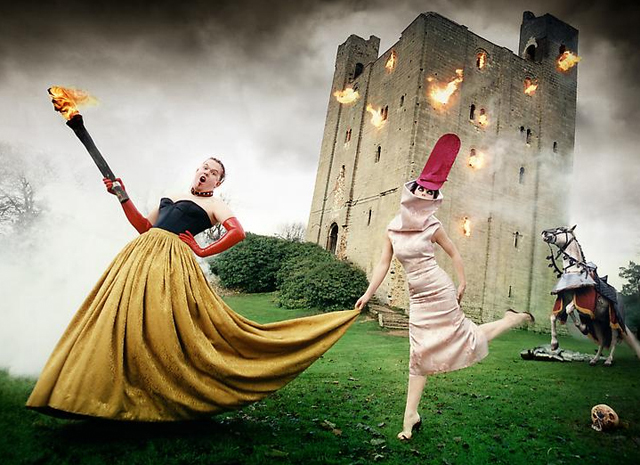
Early on I hadn’t realized that it was Mcqueen who designed & art directed the famous Homogenic album cover for Bjork in 1997. Around a similar time he and his muse/discoverer/tragic admirer Isabella Blow took this photograph together which was prophetic of what he was later to do to the world of fashion. Madly burn it down, with a touch of death, humor, and theatre.
Both he and Isabella are now deceased, both lead lives with extreme highs and lows, Lee in the end just couldn’t cope with his mothers death and made the decision to follow Isabella’s lead and end it. Sadly, it seems, the most sensitive artists are also the most prolific and brilliant. Perhaps we need small army’s to protect the living treasures among us that struggle with the varying traumas of living.
In the post I wrote about Lee just before his death I mentioned I’d love to work with him at some point in my career. Perhaps instead I can shift my focus and work like him, crafting, making, and creating the world I’d like to see. Tall orders, but it seems worthwhile to take a second and reflect on the extreme craft and talent that one man produced.
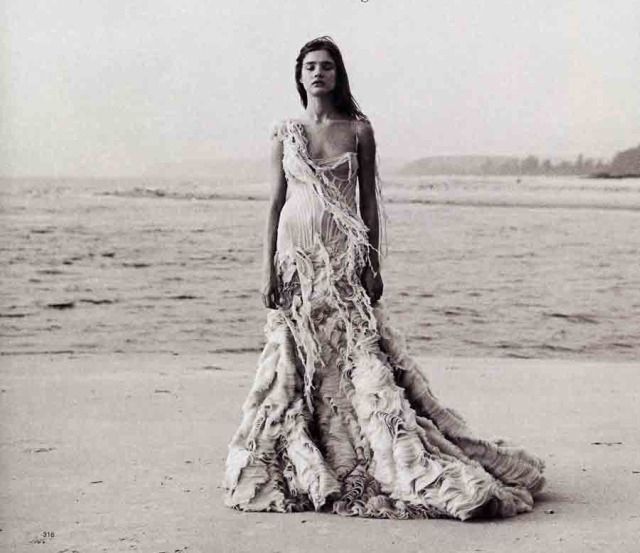
Here, Natalia Vodianova represents the iconic Oyster Dress from the Spring/Summer 2003 collection. Despite labeling his shows as ready to wear, McQueen regularly applied haute couture needlework, fabrics, and concepts into this off-the-rack clothing. This dress, in particular, now resides in a museum for its relevance, iconoclastic quality, and sheer beauty. This has also been referred to as The Shipwreck Dress.
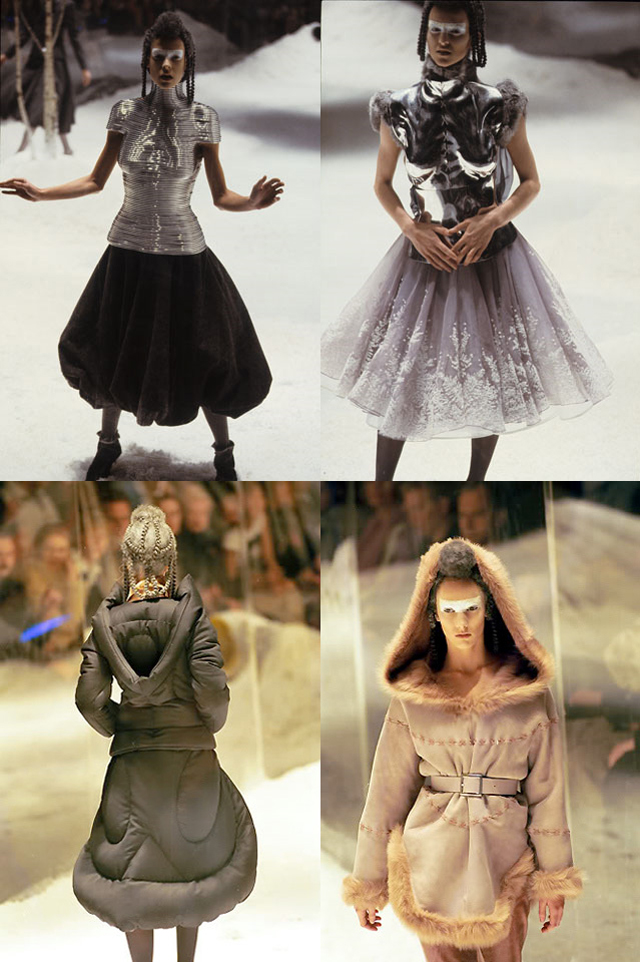
In 1999 Mcqueen presented an entire collection in a winter playland that was inspired by Stanly Kubrick’s The Shining. Models entered the runway on ice skates, snow flakes drifted from the rafters, and an odd, haunting arctic wind blew throughout the show. Lee’s runways were never just a catwalk. They were stories, played out by alien-like characters from worlds that never really existed. Kindof like a dream of a dream of a bad memory, set perhaps by an orchestra lead by Marilyn Manson.
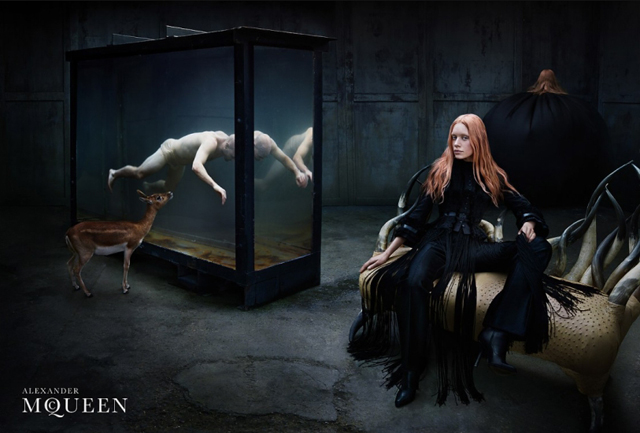
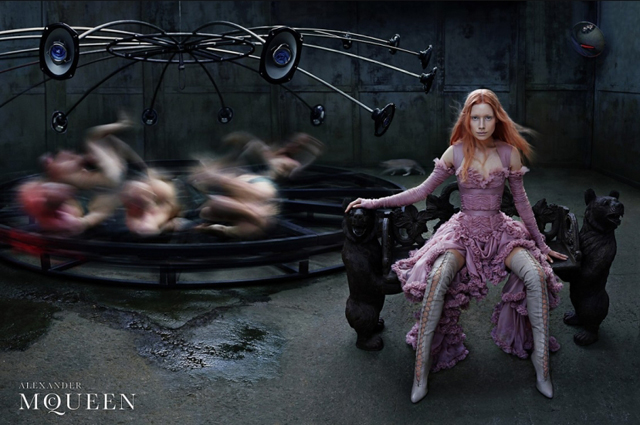
I remember when these ads came out in 2002. That is Lee on the top floating like Damien Hirst’s tiger shark in what we are to believe is a tank of formaldehyde. When flipping through a GQ or Vogue these ads will stop your heart, and nothing in the rest of the magazine will be as subversive, perverted, or stunning.
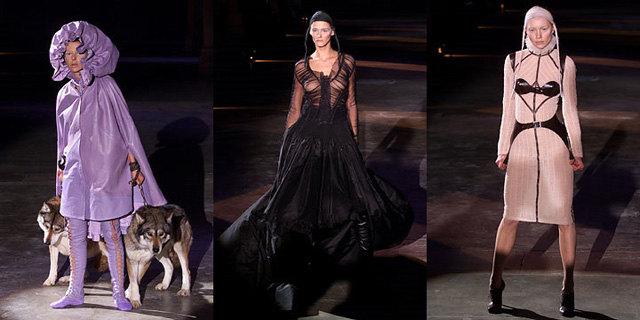
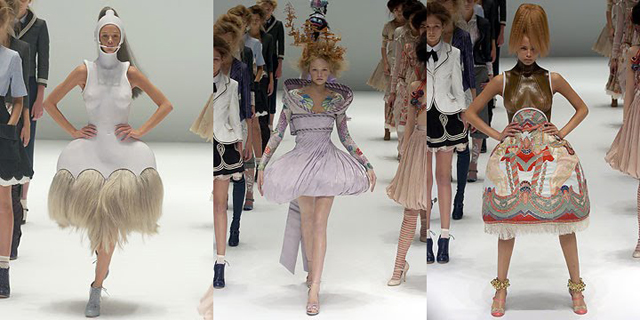
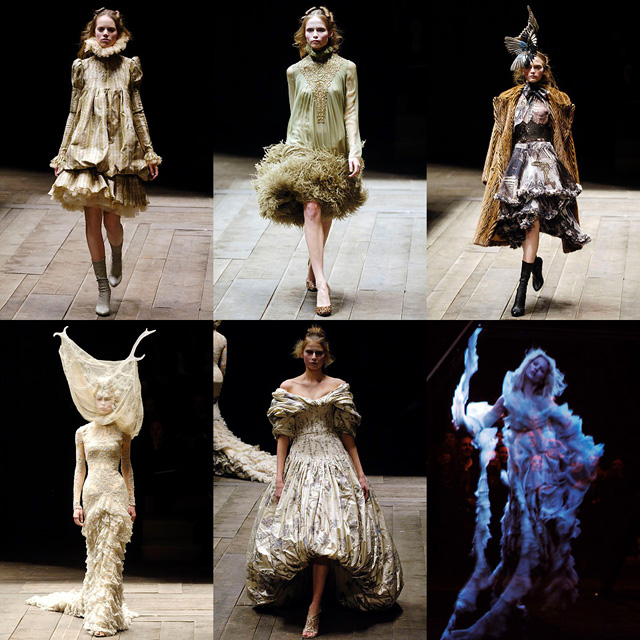
For the fall/winter 2006 collection McQueen famously set Kate Moss inside a glass pyramid as a hologram at the end of the show (bottom right image, above), which appeared out of the darkness right as the audience reached a point of frenzied applause after the last model marched around the wood-planked stage. Kate began as a small blur and blossomed into a life-size ethereal woman, perhaps drowned in her dress strikingly similar to the Shipwreck Dress from 3 years earlier. Floating in front of the spellbound buyers, she slowly disappeared into a sparkle revealing everyone’s jaws on the floor. No one really asked how he did it, it was just McQueen, and it was astounding. Watch here.
And as astounding as any of his previous work, his last show was an incredible moment in history to remember him by. Plato’s Atlantis opened with what my Grandfather would call a Satanic video sequence. My grandchildren though, will call it remarkable. The runway itself appears to be Lee’s most conventional, except that it is flanked on both sides by enormous robotic cameras that record each model & the audience and project it on an ENORMOUS screen behind the stage. Lee mentioned to Tim Blanks that the entire production cost around $1M. Did he have any inkling of what was about to happen in his life?
Whatever his mental health state was at the time, he was clearly singular in his point of view for his last collection. He created a fantasy, as he did for each of his shows, but in this instance Lee crafted a layered story that influenced every one of the 17 minutes the show lasted. It could be described in many ways. Daphne Guinness called it “Queen Victoria, but in space, underwater.” Certainly, it was set in the future, in a world governed by women slowly evolving into creatures at home underwater, on stilt-like shoes, and probably, part reptile. Lee successfully worked in Orca & Humpback songs into the woven framework of sound the show is set to. OK enough with descriptions, watch the full show here.
For my purposes, I’d love to share two video recaps of his career and let you find the Atlantis show on your own (or just click the link I just mentioned). Rest easy, sir, you sure lef the bar higher than most of us could ever reach.
And, Lee working, behind the curtain, on some of his incredible worlds:
Sigh … very lovely, thanks. Especially the last two films.
Really beautiful work, I am speechless.
Thank you for this blog. Your writings on McQueen would amazing…. I’m a student studying fashion at collage and it was his shows that got me interested in fashion in the first place….
Jeffrey your comment just made my day. You are awesome, thanks for the note.